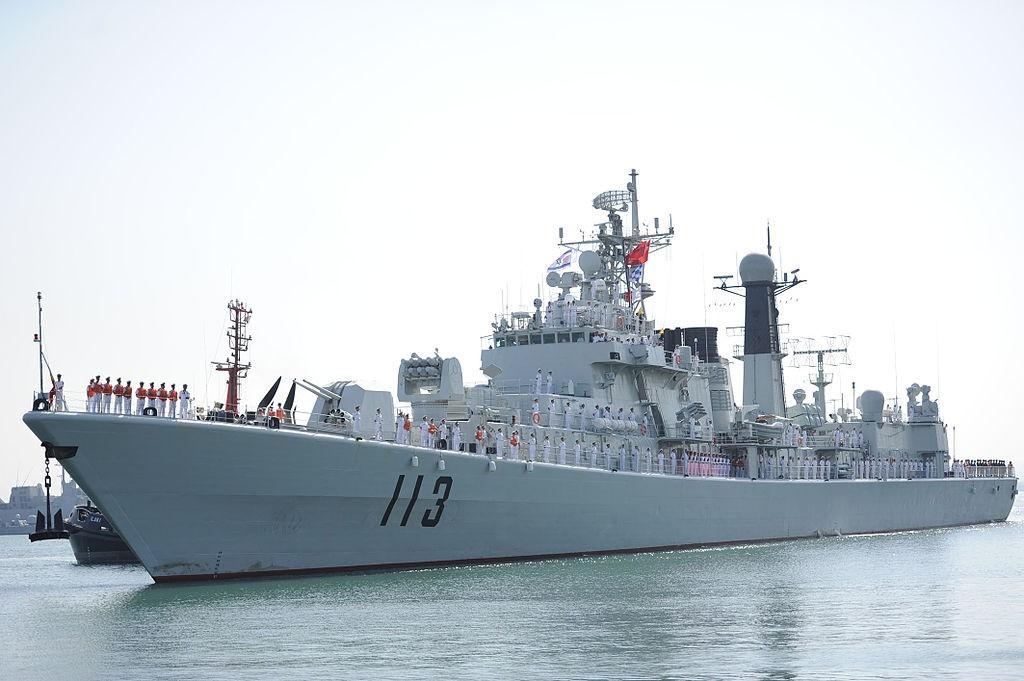China is famously secretive in some of its bigger plans, not unveiling big military movements or construction techniques before they happen – if at all — in detail. While we’re growing more familiar every day with huge news of new 3D printers and applications in the West, China’s plans for and usage of additive manufacturing techniques remain something of a mystery.
We do know that China has been developing 3D printers since 2001, particularly for use in their military. The technology is utilized largely for prototyping, molding, repair of small parts, and weapons systems throughout the various branches of the country’s military. Examples we’ve heard about include the C-919, the first large passenger plane from China, which includes designs that were developed with the use of a 3D printer, including the front windshield frame. Additionally, the J-15 carrier-based fighter jet used 3D printing to create new small parts to repair training flight damages, according to Sun Cong, who designed the fighter. Other aircraft also benefit from the fast-growing technology in China, including other fighter jets like the J-16 and J-31, as well as the J-20 stealth fighter.
Today, we also learn that the People’s Liberation Army (PLA) Navy is utilizing 3D printers on their warships. The deployed 3D printers will be used to replace crucial small parts, and one destroyer has already taken advantage of the technology.
Last week, a wheel gear on the Harbin broke. The New Year’s Eve incident occurred in the Gulf of Aden, where the Harbin has been involved in counterpiracy maneuvers alongside the US Navy since mid-2013. The Harbin is a Type 052D destroyer; having the engine down in the far-off Arabian Sea, thousands of miles from parts suppliers in the ship’s home country, was a problem that required a fast solution.
The Harbin includes a compartment that houses a computer, 3D printer, casting equipment, and materials – the massive ship is fully equipped to create its own spare parts. With the breaking of the engine bearing, the Harbin was effectively stranded in an area known for its piracy problem – not exactly an ideal situation. Through use of the on-board 3D printer, though, sailors were able to create the replacement part in mere hours, getting the Harbin up and running and back to maneuvers. A Chinese military expert noted to the China Global Times that the use of 3D printing produces parts that, while not the most precisely crafted, save significant time and money during PLA Navy operations.
In addition to the Harbin, we’ve also heard that another PLA Navy ship used 3D printing to replace a transmission gear tooth; it seems China’s military is recognizing and implementing 3D printing for repair jobs in an increasing way.
Other militaries around the world — including the US Navy — are also using 3D printing for on-ship repairs and other parts creations. It looks like this convenient technology is here to stay. Do you agree? What other uses do you foresee in military applications? Let us know your thoughts over at the Chinese Navy Repairs Destroyer with 3D Printing forum thread at 3DPB.com.
Subscribe to Our Email Newsletter
Stay up-to-date on all the latest news from the 3D printing industry and receive information and offers from third party vendors.
You May Also Like
Titanium Powder Supplier IperionX Completes HAMR Furnace Installation at Virginia Campus
IperionX, the Charlotte-based manufacturer and supplier of US-sourced titanium products, has installed the Hydrogen Assisted Metallothermic Reduction (HAMR) furnace at its Titanium Manufacturing Campus in South Boston, Virginia. The company...
3D Printing Webinar and Event Roundup: April 28, 2024
In this week’s 3D Printing Webinar and Event Roundup, the Ceramics Expo is taking place in Michigan, Stratasys continues its advanced training courses, and SPE is holding a Polymer Characterization...
IperionX Inks 10-Year Deal with Wisconsin Manufacturer for 80 Metric Tons of Titanium Per Year
IperionX, the Charlotte-based supplier of sustainable titanium powders used for additive manufacturing (AM) and metal injection molding (MIM), has signed a ten-year deal with United Stars, a group of industrial...
IperionX Receives Interest from US Federal Bank EXIM for Titanium 3D Printing Powder
Titanium, a metal prized for its strength, corrosion resistance, and high-temperature resilience, has traditionally had complex and carbon-intensive supply chains. Enter IperionX (Nasdaq: IPX), an American company aiming to bring...



































